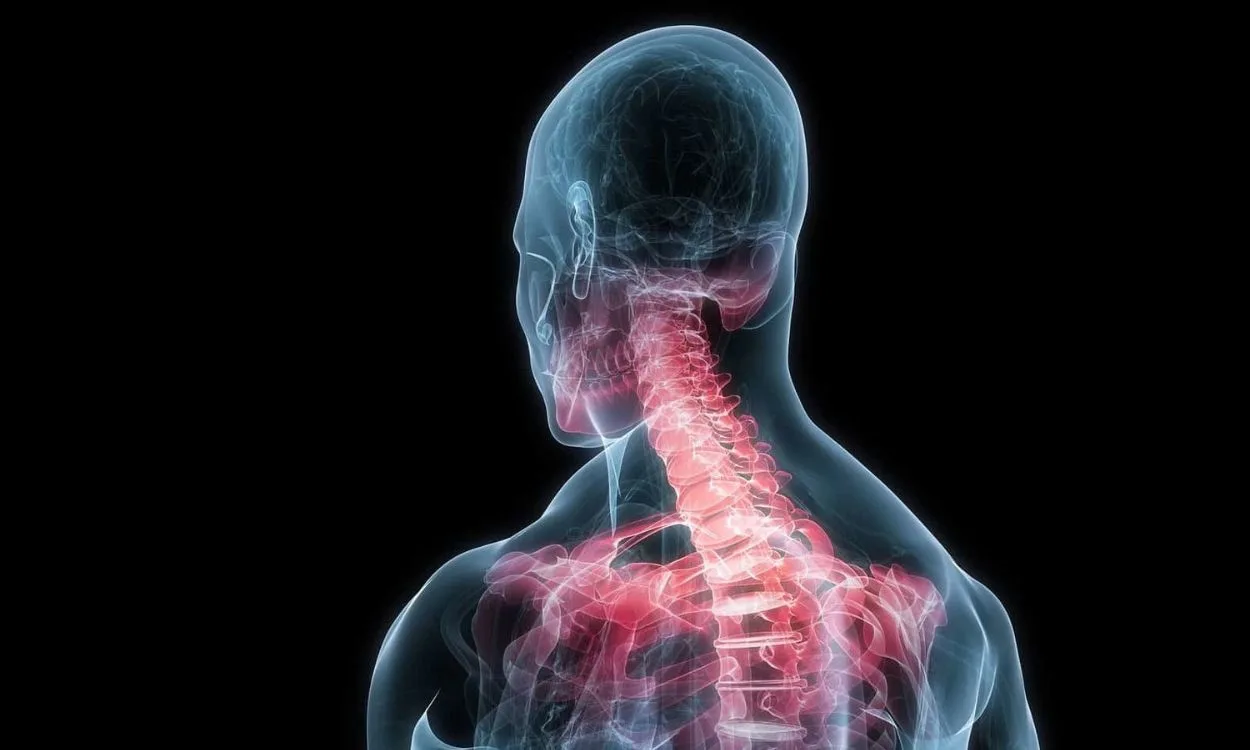What Role Do Shoulder and Neck Muscles Play in Upper Back Pain?
Upper back pain is a common complaint among many individuals, and it can greatly affect one’s quality of life. While there can be various causes for this type of pain, the role of shoulder and neck muscles should not be overlooked. Understanding the connection between these muscles and upper back pain is crucial in finding effective ways to manage and alleviate discomfort. In this article, we will explore the relationship between shoulder and neck muscles and their impact on upper back pain.
The Anatomy of Shoulder and Neck Muscles
To comprehend how shoulder and neck muscles contribute to upper back pain, it is important to have a basic understanding of their anatomy. The shoulder is a complex joint that consists of several muscles, including the deltoids, trapezius, latissimus dorsi, rhomboids, and levator scapulae. These muscles work together to provide stability and facilitate various movements of the shoulder joint.
The neck, on the other hand, is supported by many small muscles, including the trapezius, sternocleidomastoid, levator scapulae, and scalenes. These muscles assist in controlling head movements, maintaining posture, and supporting the weight of the head.
The Link between Shoulder and Neck Muscles and Upper Back Pain
- Muscular Imbalance: When there is an imbalance in the strength and flexibility of the shoulder and neck muscles, it can lead to undue stress on the upper back. Weak muscles may not provide adequate support, while tight muscles can cause strain and stiffness. This imbalance can contribute to upper back pain and discomfort.
- Postural Problems: Poor posture is a common cause of upper back pain, and the muscles in the shoulder and neck region play a significant role in maintaining proper posture. Weak or tight muscles can pull the spine out of alignment, leading to increased strain on the upper back muscles. Activities such as prolonged sitting, hunching over electronic devices, and carrying heavy bags can exacerbate postural problems and contribute to upper back pain.
- Muscle Tension and Trigger Points: Stress, repetitive movements, and poor ergonomics can cause muscle tension and the development of trigger points in the shoulder and neck region. Trigger points are hyperirritable spots within a muscle that can be painful when pressed. These trigger points can refer pain to the upper back, causing discomfort and limited range of motion.
Managing Upper Back Pain Related to Shoulder and Neck Muscles
Now that we have established the connection between shoulder and neck muscles and upper back pain, it is essential to explore ways to manage and alleviate this discomfort. Here are some strategies that can help:
- Stretching and Strengthening Exercises: Engaging in regular stretching and strengthening exercises targeting the shoulder and neck muscles can help address muscle imbalances and improve posture. This can include exercises such as shoulder shrugs, neck rotations, and scapular squeezes. Consulting with a qualified fitness professional or physical therapist can provide guidance on appropriate exercises for your specific condition and goals.
- Ergonomic Adjustments: Making adjustments to your work environment, such as ensuring proper desk and chair height, using an ergonomic keyboard and mouse, and taking frequent breaks to stretch and move, can help reduce strain on the shoulder and neck muscles. Maintaining good posture while sitting and standing is also essential.
- Stress Management: Stress can contribute to muscle tension and exacerbate upper back pain. Incorporating stress management techniques such as deep breathing exercises, meditation, yoga, or engaging in hobbies and activities that promote relaxation and well-being can be beneficial.
- Seeking Professional Help: If you are experiencing persistent or severe upper back pain, it is advisable to consult with a healthcare professional such as a physiotherapist or chiropractor. They can assess your condition, provide targeted treatments such as manual therapy, and develop a personalized plan to address your specific needs.
Fitpaa App: Your Companion in Achieving Optimal Health
While understanding the role of shoulder and neck muscles in upper back pain is essential, it is equally important to have access to effective tools and resources to manage and prevent such discomfort. Fitpaa, an AI-driven health and fitness app, can be a valuable companion in your journey towards optimal health.
With Fitpaa, you gain access to a team of fitness coaches, nutritionists, and doctors who can guide you in developing a personalized fitness plan. The app incorporates the latest research in lifestyle medicine and behavioral therapy to help strengthen your body and achieve your health and fitness goals.
Fitpaa’s comprehensive approach includes a metabolism assessment to identify the root cause of your health condition, personalized Fitpaa Capsules that combine medical therapy, exercise therapy, nutrition therapy, and cognitive behavioral therapy, and real-time guidance technology to keep you motivated and on track.
Whether your goal is to alleviate upper back pain, lose weight, improve posture, or achieve any other health and fitness objective, Fitpaa can provide you with the tools, support, and expertise to make your journey a success.
Get Started with Fitpaa and Transform Your Health
If you are ready to take charge of your health and experience the joy of achieving your health and fitness goals, download the Fitpaa app today. With Fitpaa, you can have a personalized health and fitness team at your fingertips, ready to assist you every step of the way.
Remember, your well-being is our mission, and we are passionate about helping you transform your life. Don’t hesitate to embark on this exciting journey towards optimal health with Fitpaa!









